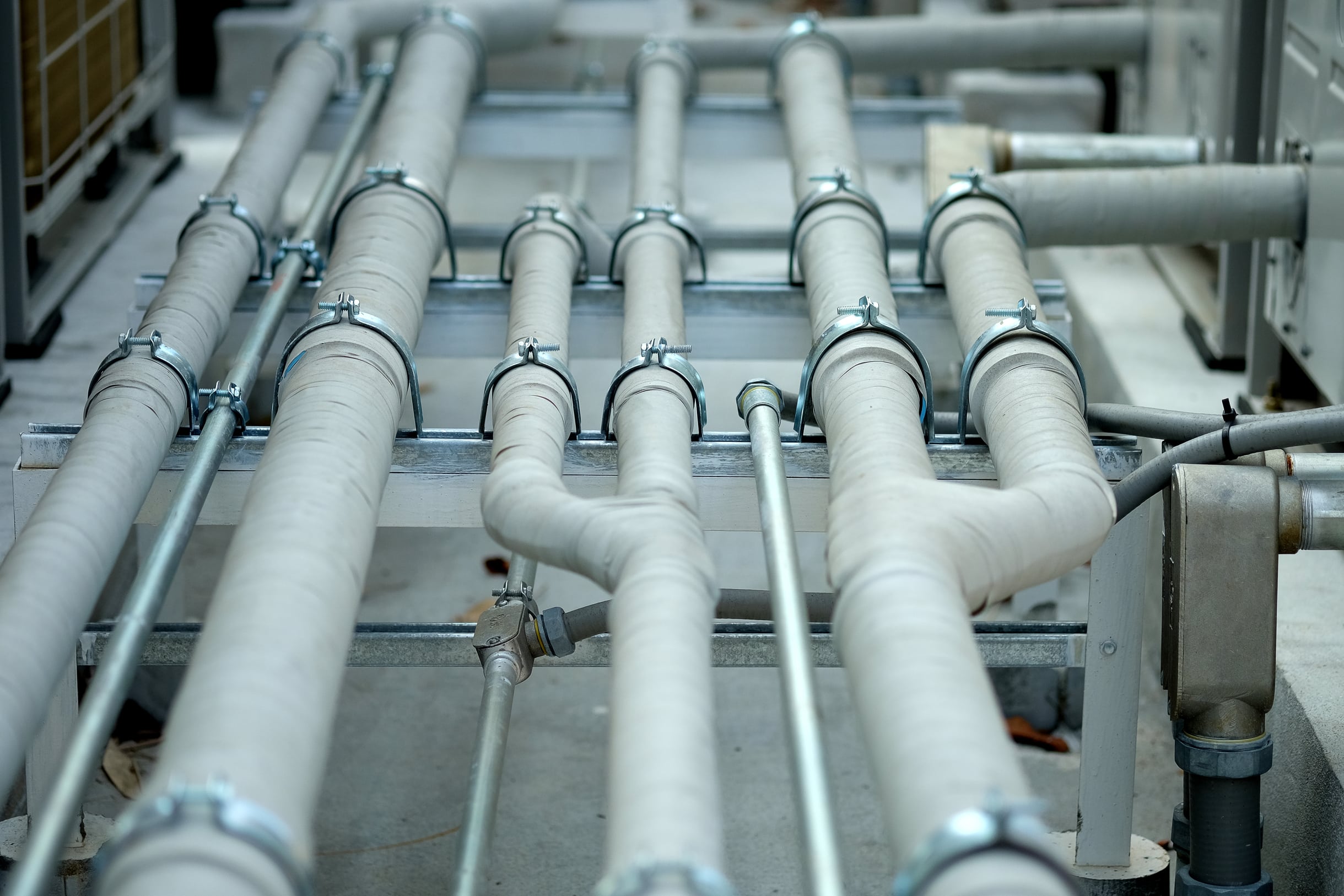What’s the Best Way to Install a Performance Intake Manifold on a Ford Fiesta?

The overall performance of your Ford Fiesta can be significantly enhanced by installing a performance intake manifold. This simple yet effective modification can improve air intake, boost engine power, and enhance throttle response. But, what’s the best way to get this job done? This article will guide you through the steps in detail.
1. Prepare Your Engine Bay
Before starting the installation process, it’s imperative to prepare your engine bay. The first task is to disconnect the battery. This will prevent any accidental short-circuits while working on the engine. After disconnecting the battery, remove the negative terminal first, followed by the positive.
Dans le meme genre : Can You Improve Engine Response in an Acura TLX with a Performance Throttle Body Spacer?
Next, identify the air intake system. This system is typically located near the top of the engine. It includes the air filter, intake manifold, and throttle body. Remove any plastic engine covers if necessary to access these components.
Once you have a clear view, disconnect the mass airflow sensor and unclip the air box. Be careful not to damage the sensor during this process. Remove the air filter and set it aside. Remember, a clean workspace will make the job easier and more efficient.
A lire aussi : How to Retrofit a Modern Digital Dashboard in a Classic Chevrolet Impala?
2. Remove the Existing Intake Manifold
After preparing the engine bay, it’s time to remove the existing intake manifold. Start by locating the throttle body. It’s typically bolted to the top of the intake manifold. Disconnect the throttle cable and any associated wiring.
Next, locate the PCV valve or positive crankcase ventilation valve. This small component is often attached to the manifold. Carefully disconnect it, ensuring not to damage the valve or its attached hoses.
You’ll now see several bolts securing the intake manifold to the engine. Using the correct-sized socket, remove these bolts. As you do this, remember the sequence in which you’re removing them. It will ease the installation process of the new manifold.
With the bolts removed, the intake manifold should now be free. Lift it away from the engine and set it aside.
3. Install the New Performance Intake Manifold
Now that the old intake manifold has been removed, it’s time to install the new performance intake manifold. Begin by comparing the new manifold with the old one. Ensure they have the same bolt pattern and connections for the throttle body and PCV valve.
Before installation, replace the manifold gasket. This component seals the gap between the manifold and the engine, preventing air leaks. Even if the old gasket appears to be in good condition, it’s always a good idea to replace it.
Align the new intake manifold with the engine and secure it using the bolts. Remember to tighten the bolts in the reverse order you used to remove them. Once the manifold is secured, reconnect the PCV valve and throttle body.
4. Reconnect the Air Intake System
The final step in the installation process is to reconnect the air intake system. Reinstall the air filter and air box, making sure to secure them properly. Reconnect the mass airflow sensor and any disconnected wiring.
Once everything is reconnected, it’s crucial to check for any air leaks. Start your Ford Fiesta and let it idle. Listen for any hissing sounds that could indicate a leak. If you hear anything unusual, turn off the engine and check the connections.
5. Test Drive and Monitor Performance
After successfully installing the performance intake manifold, it’s necessary to test drive your Ford Fiesta. Pay attention to the vehicle’s performance.
Do you notice an improvement in throttle response? Does the engine appear to be running better? Make sure to monitor the vehicle’s performance over the next few weeks. Check engine lights or unusual engine behavior could indicate an issue with the new manifold installation. If you notice anything out of the ordinary, you may need to adjust or reinstall the manifold.
With this guide, you should now feel confident to install a performance intake manifold on your Ford Fiesta.
6. Maintain Your New Intake Manifold
Once you have installed the new performance intake manifold and verified its performance, it’s crucial to maintain it properly. Regular maintenance can prolong the life of the intake manifold and ensure that it functions at peak efficiency.
Start by regularly checking the PCV valve. This small component plays a significant role in your Ford Fiesta’s engine functionality by controlling the flow of gases. If the valve is blocked or not working correctly, it can cause engine problems. It’s advisable to replace the PCV valve every 20,000 to 50,000 miles.
Next, maintain the cleanliness of your air filter. A dirty air filter can restrict air flow, negatively affecting the performance of your car. Depending on the environment where you drive your Ford Fiesta, you should replace the air filter every 12,000 to 15,000 miles.
Furthermore, it’s crucial to monitor any signs of damage to the intake manifold itself. Common indications of manifold issues include coolant leaks, engine overheating, and reduced engine performance. If you notice any of these signs, seek professional help immediately for issues troubleshooting.
Remember, a well-maintained intake manifold can significantly improve your Ford Fiesta’s performance. So, don’t overlook the importance of regular maintenance.
7. Conclusion
Installing a performance intake manifold on your Ford Fiesta is a great way to enhance the vehicle’s performance. By improving the air intake in the engine, you can experience improved throttle response and increased engine power.
Remember, this process involves carefully preparing your engine bay, removing the old intake manifold, and installing the new one. It’s crucial to reconnect the air intake system correctly and check for possible air leaks. After the installation, pay careful attention to your vehicle’s performance and respond promptly to any issues that may arise.
With regular maintenance, your newly installed intake manifold can provide a long-lasting performance boost to your Ford Fiesta. Whether you are an experienced car enthusiast or a novice, this guide provides comprehensive steps to help you install a performance intake manifold and maximize your vehicle’s potential.
Remember, always take safety precautions when working on your vehicle and don’t hesitate to seek professional help if you encounter any warranty issues or need maintenance warranty assistance. After all, your Ford Fiesta deserves the best care and attention.
No matter if you are a thread starter on a car forum, or just a registered posts reader, it’s always beneficial to share your experience and learn from others. So, don’t forget to share your intake manifold installation experience or any issues troubleshooting on your preferred platform. Your insights might just help another Ford Fiesta owner with their own upgrade.
